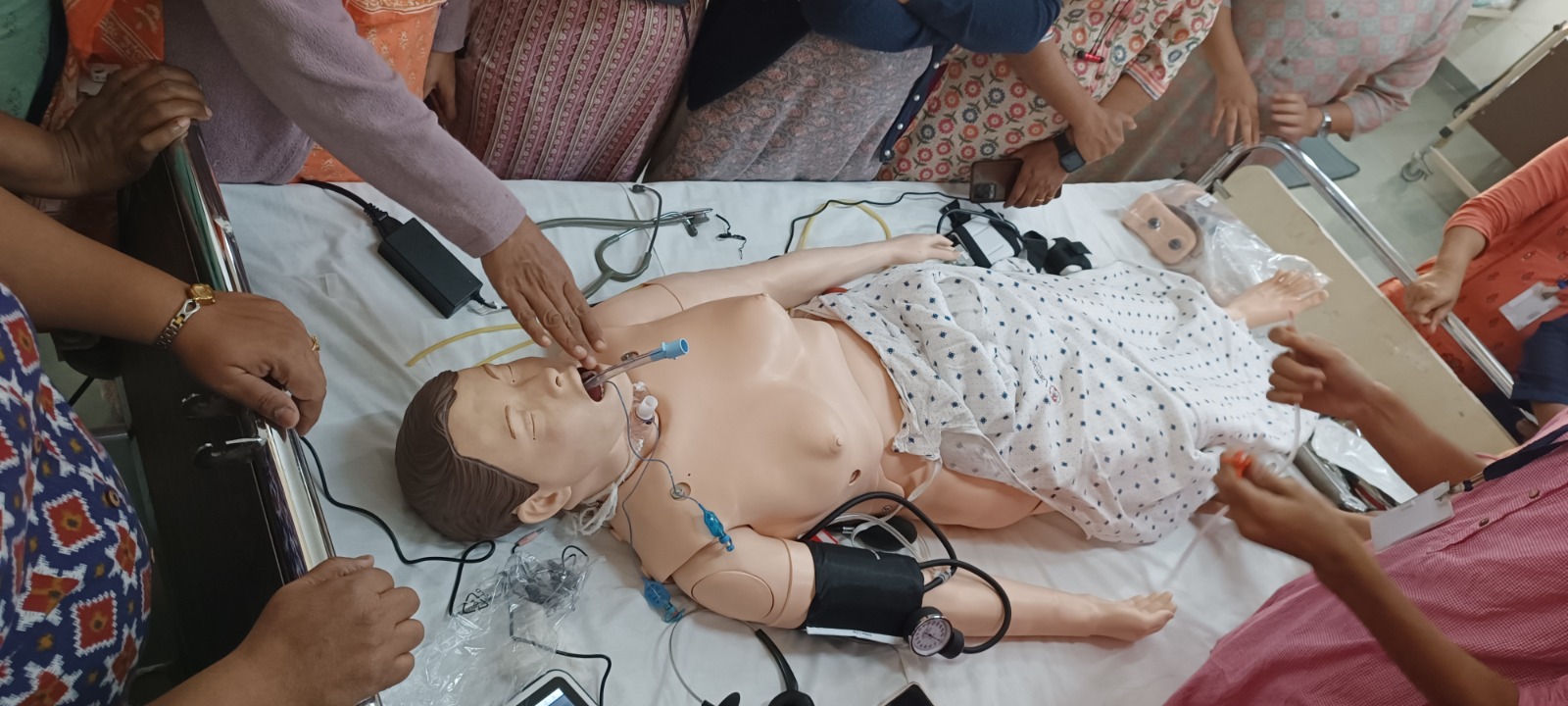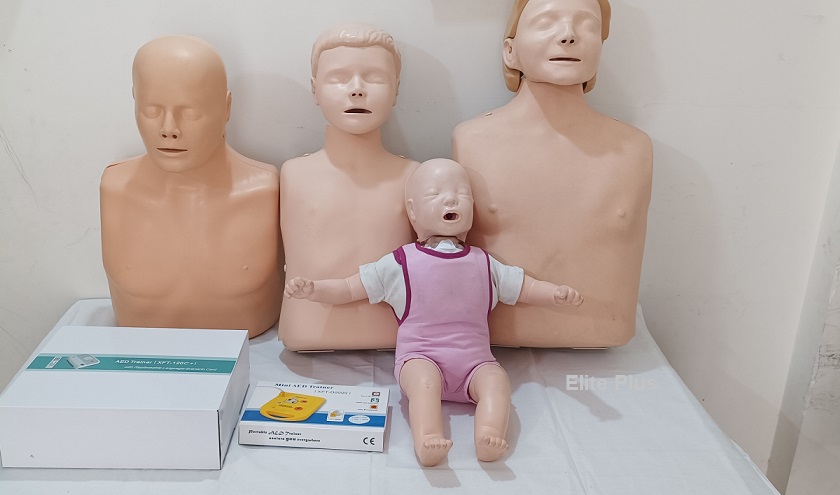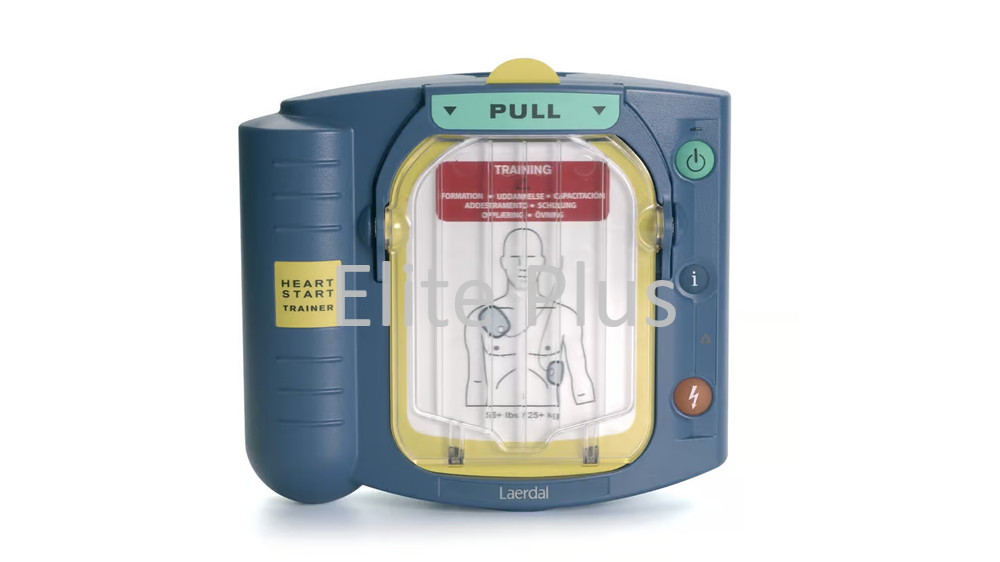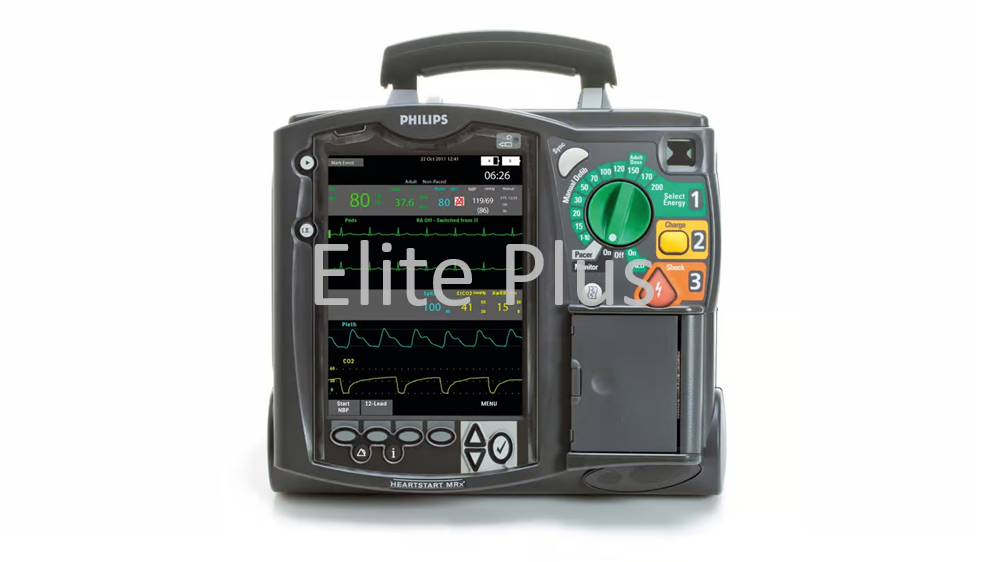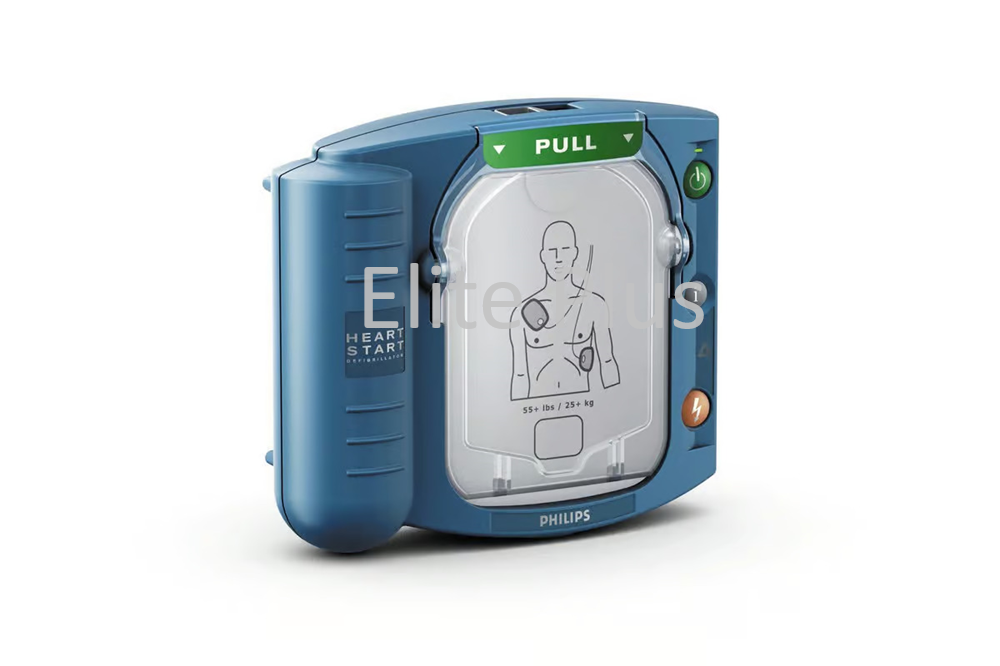1. Dedicated Space:
Choose a spacious, well-ventilated area to accommodate various training stations and equipment.
Ensure the space can be organized to simulate different healthcare settings (e.g., emergency room, ICU).
Ensure the space can be organized to simulate different healthcare settings (e.g., emergency room, ICU).
2. Stations and Equipment:
• Resuscitation Stations: Set up stations for practicing cardiac arrest management, including high-fidelity patient simulators or manikins capable of simulating complex heart rhythms.
• Airway Management Station: Include airway devices such as intubation equipment, supraglottic airways, and video laryngoscopes for advanced airway management practice.
• IV and Medication Administration Station: Equip with IV training arms and a range of simulated medications for drug administration practice.
• Defibrillation Station:Provide defibrillator trainers to practice proper defibrillation techniques and coordination with CPR.
• Team Communication Station: Set up audio systems for simulating communication during resuscitation scenarios.
• Airway Management Station: Include airway devices such as intubation equipment, supraglottic airways, and video laryngoscopes for advanced airway management practice.
• IV and Medication Administration Station: Equip with IV training arms and a range of simulated medications for drug administration practice.
• Defibrillation Station:Provide defibrillator trainers to practice proper defibrillation techniques and coordination with CPR.
• Team Communication Station: Set up audio systems for simulating communication during resuscitation scenarios.
3. Simulation Technology:
Utilize high-fidelity manikins with advanced features, such as variable heart rhythms, pulse detection, and dynamic responses to interventions.
Integrate simulation software to create realistic patient scenarios, including ECG rhythms and vital sign changes.
Integrate simulation software to create realistic patient scenarios, including ECG rhythms and vital sign changes.
4. Audio-Visual Setup:
Install large screens or projectors for displaying ECG rhythms, medication doses, and scenario instructions.
Use audio systems for clear communication between instructors and participants during simulations.
Use audio systems for clear communication between instructors and participants during simulations.
5. ACLS Algorithms:
Display ACLS algorithms prominently for quick reference during simulations.
Provide printed materials for participants to study and refer to.
Provide printed materials for participants to study and refer to.
6. Instructor Control Room:
Designate a control room from which instructors can monitor simulations, control patient responses, and adjust scenario parameters.
7. Emergency Equipment:
Equip the lab with emergency equipment like crash carts, defibrillators, and code carts for realistic practice.
8. Debriefing Area:
Set up a debriefing space where participants can review their performance and receive feedback after simulations.
9. ACLS Courses and Training:
Offer comprehensive ACLS courses that cover advanced cardiac life support algorithms, rhythm recognition, and medication administration.
Provide training for both individual skills and team dynamics during resuscitation scenarios.
Provide training for both individual skills and team dynamics during resuscitation scenarios.
10. Certified Instructors:
Employ experienced ACLS instructors who are knowledgeable in ACLS guidelines and protocols.
Instructors should be proficient in leading simulations and providing constructive feedback.
Instructors should be proficient in leading simulations and providing constructive feedback.
11. Realistic Scenarios:
Create scenarios that mimic real-life situations, including sudden cardiac arrest, unstable rhythms, and acute cardiac events.
12. Continuous Improvement:
Collect participant feedback to improve the quality of training and update scenarios regularly.
Stay current with the latest ACLS guidelines and integrate any updates into training materials.
Stay current with the latest ACLS guidelines and integrate any updates into training materials.
13. Compliance and Safety:
Ensure the ACLS Skill Lab complies with all relevant medical and safety standards.
Implement safety protocols and measures to prevent accidents during simulations.
Implement safety protocols and measures to prevent accidents during simulations.
Setting up an ACLS Skill Lab requires careful planning, investment, and collaboration with experienced instructors. By creating a realistic learning environment, you contribute to the development of healthcare professionals’ skills in managing critical cardiac emergencies and ultimately improving patient outcomes.


